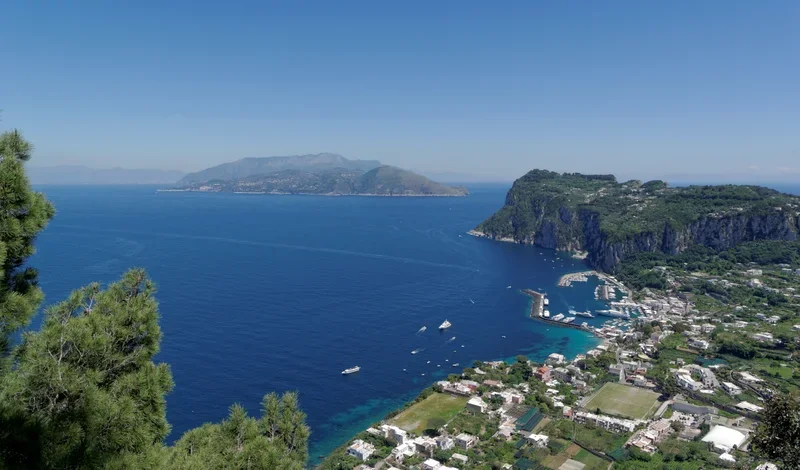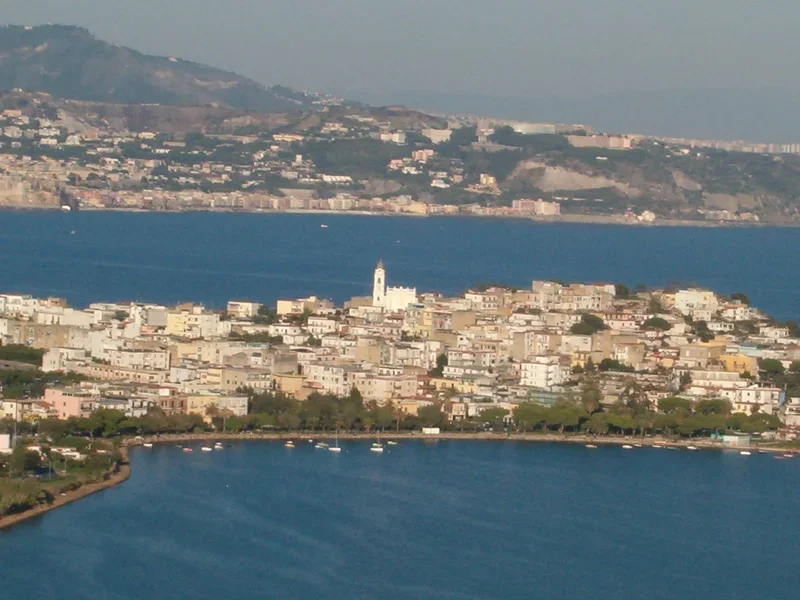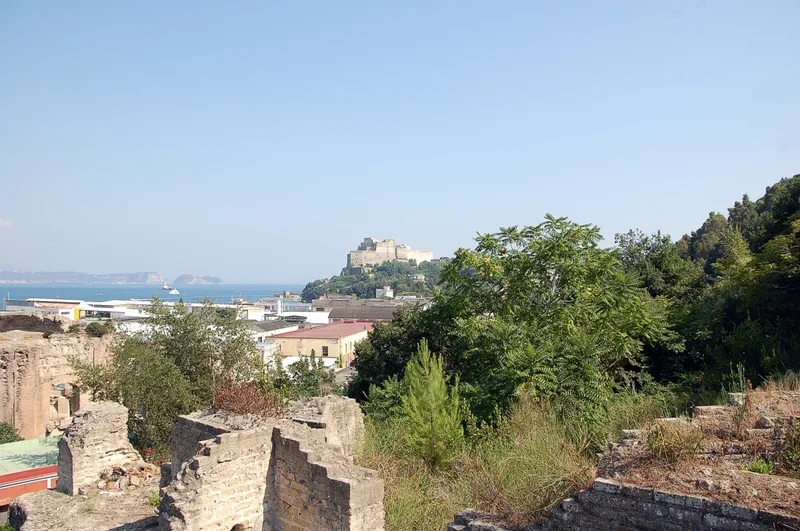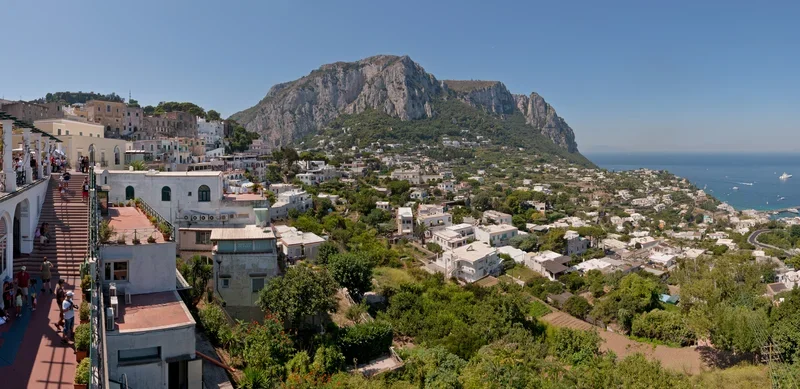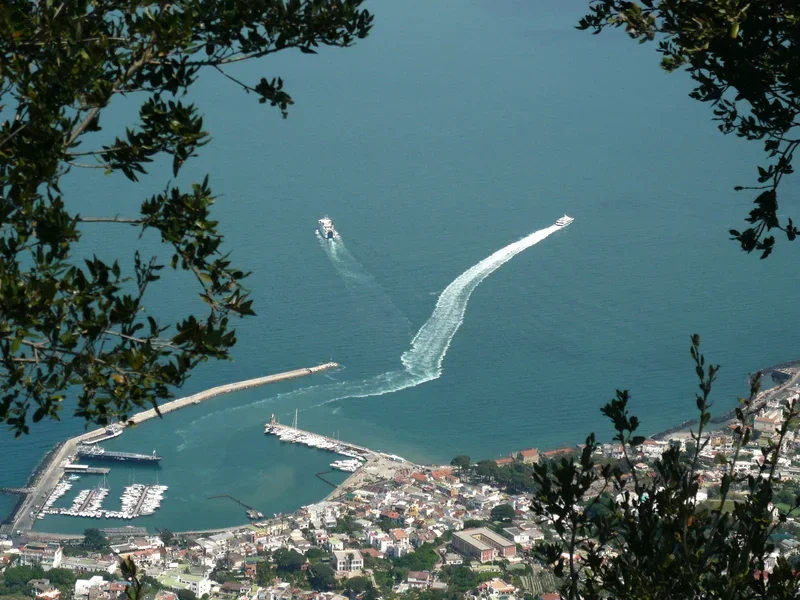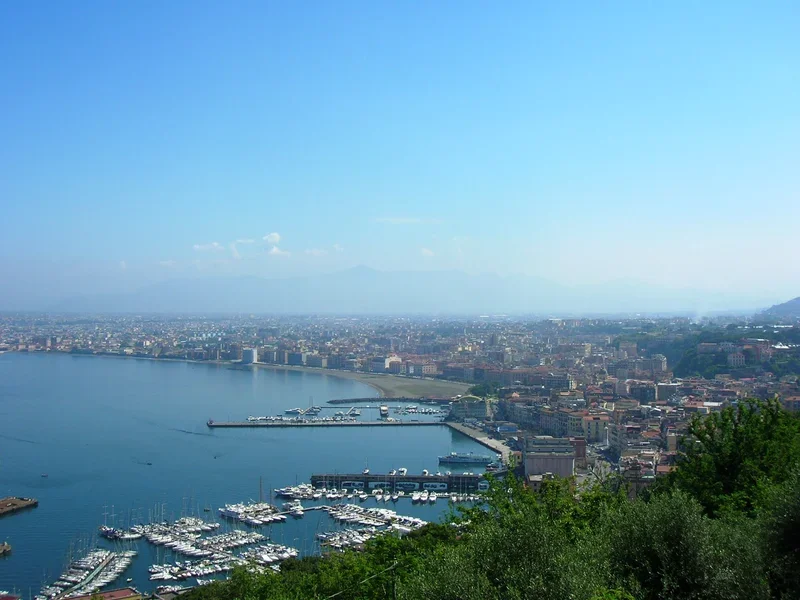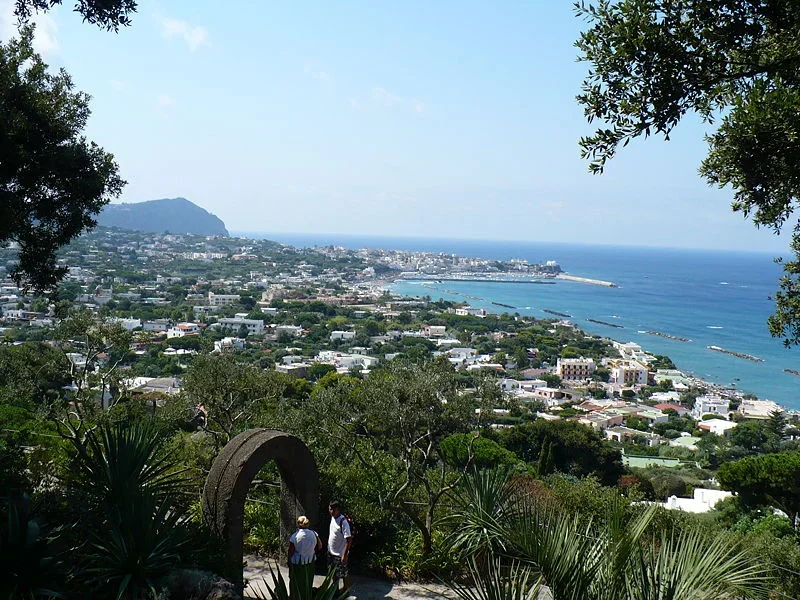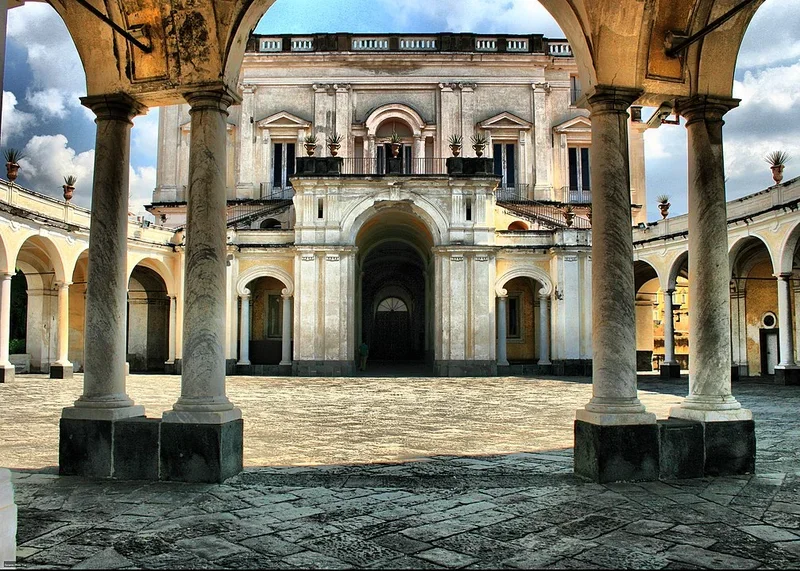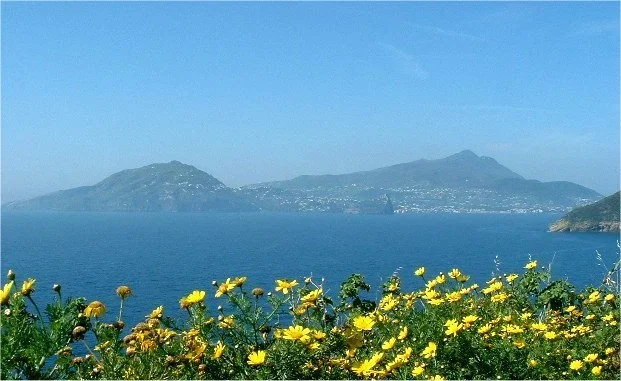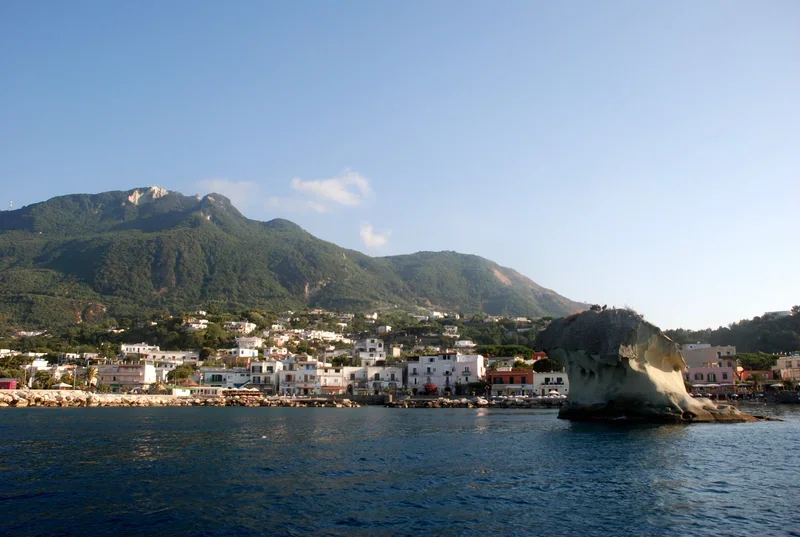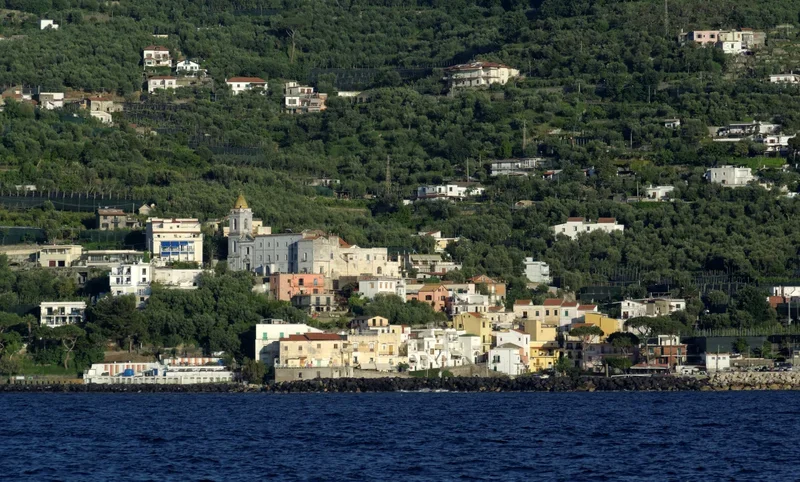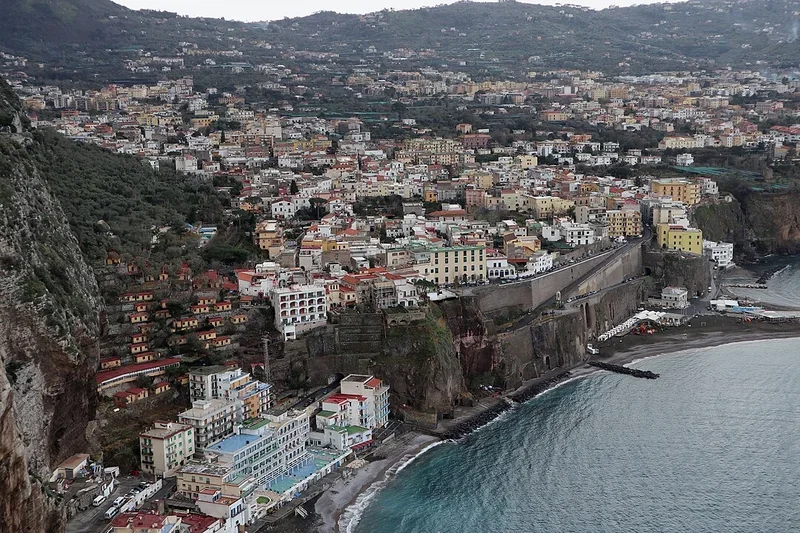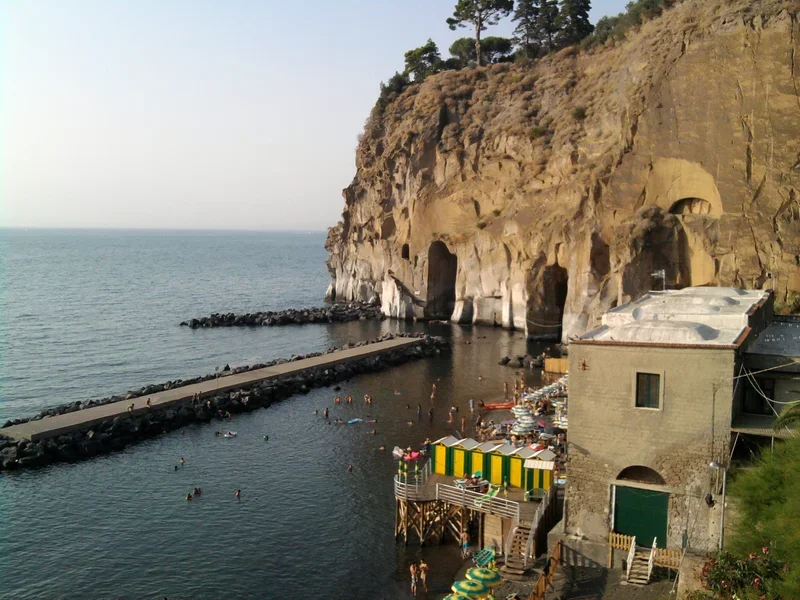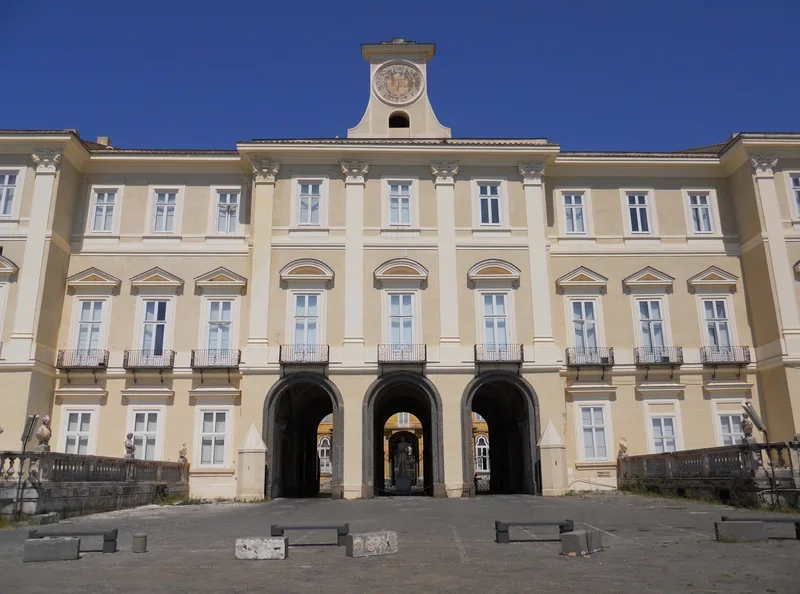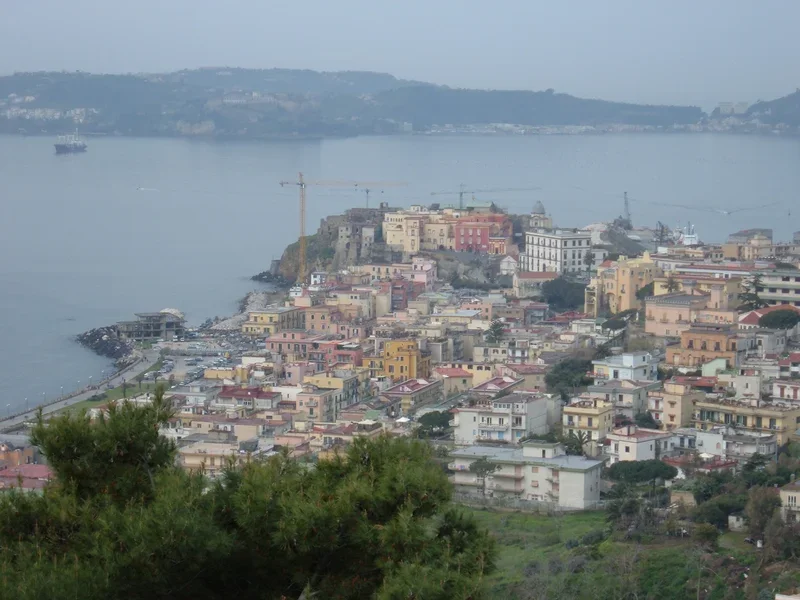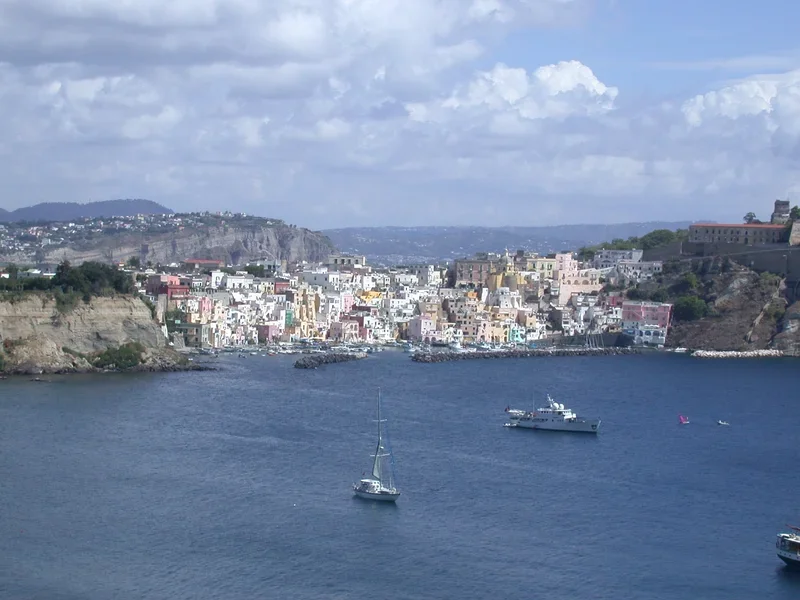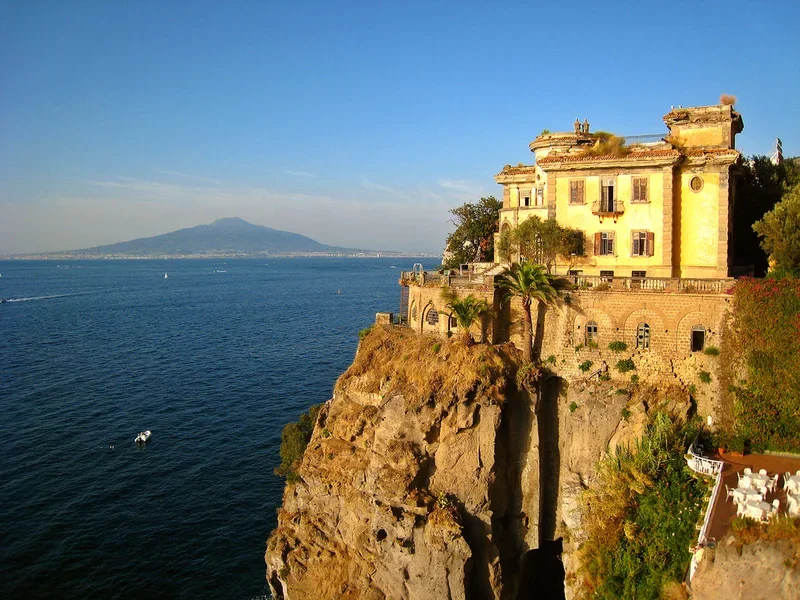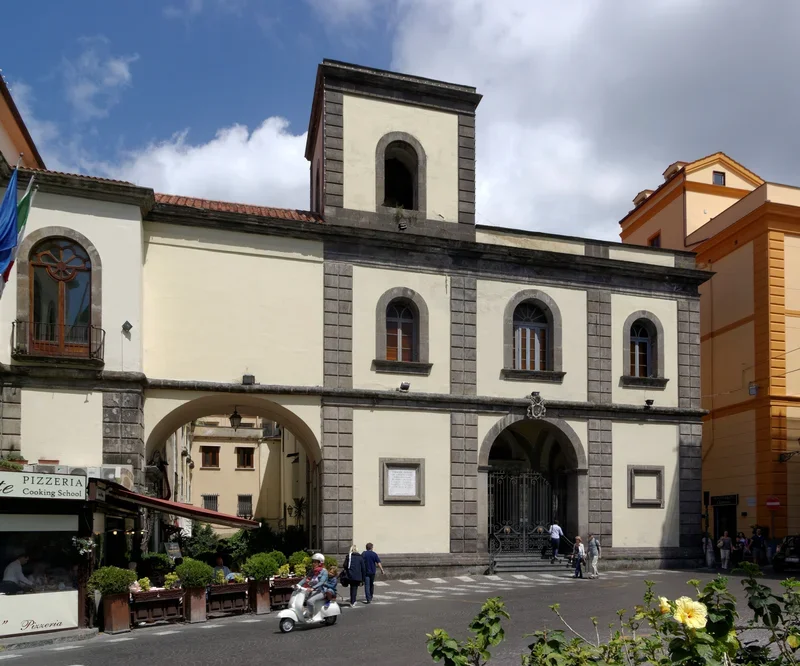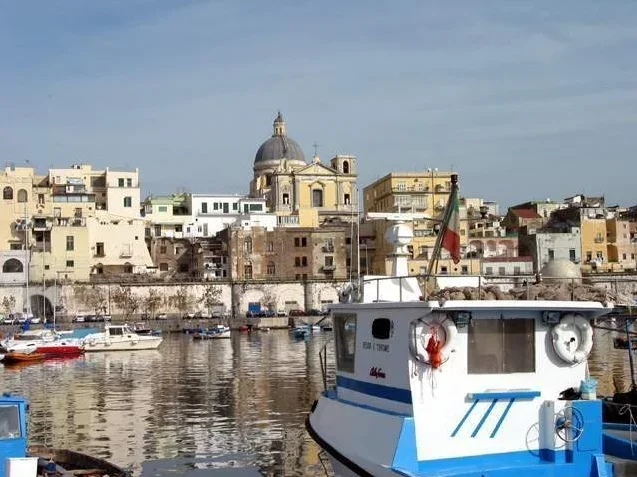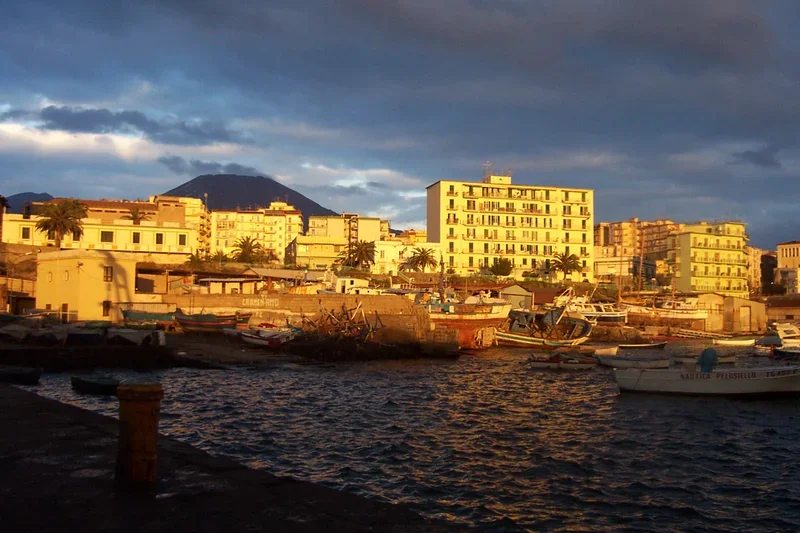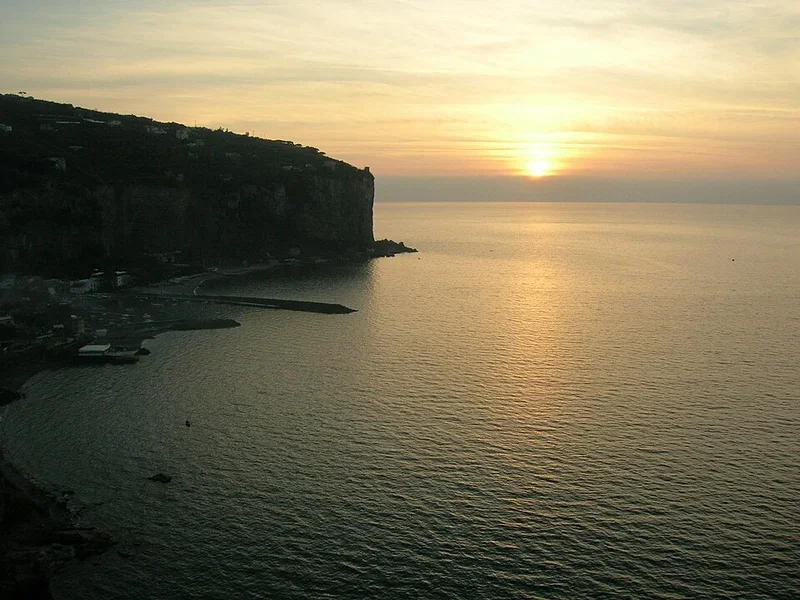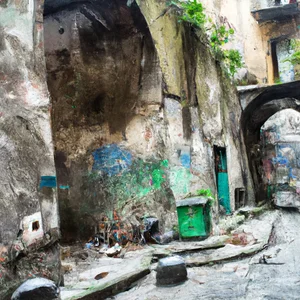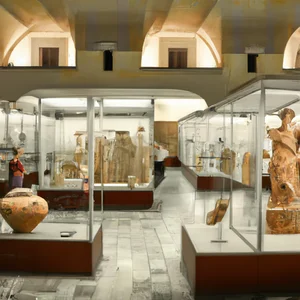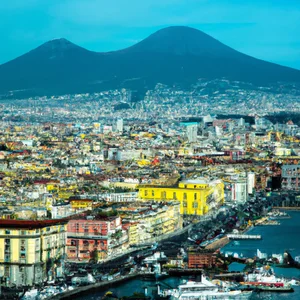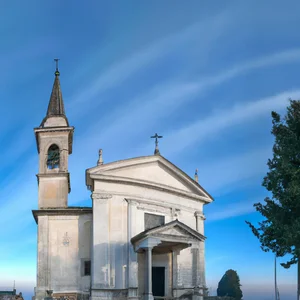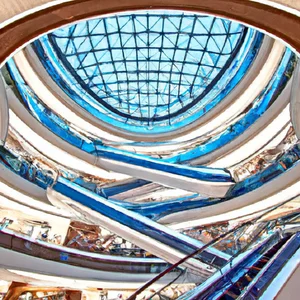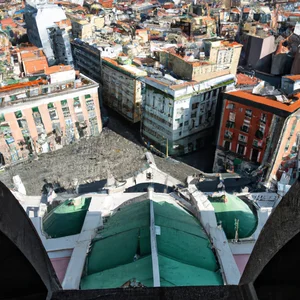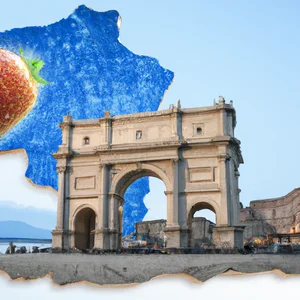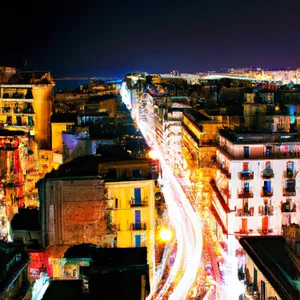Book your experience
Discover the hidden gems near Naples: from Caserta to Avella
Located in the heart of Campania, Naples is a city known for its thousand-year history, its vibrant culture and its irresistible cuisine. However, beyond its famous monuments and crowded streets of the center, there are hidden authentic gems that deserve to be discovered. The areas surrounding the city offer an abundance of unique experiences, ranging from art to nature, history to spirituality. In this article, we will immerse ourselves in a fascinating journey to discover ten little-known but extraordinary places, which are located a short distance from Naples and which will capture the imagination of every traveler.
Let’s start from the majestic Royal Palace of Caserta, a masterpiece of Baroque architecture, which is not only a UNESCO World Heritage Site, but also represents a symbol of the opulence and power of the Bourbon dynasty. We will continue towards the Medieval Village of Casertavecchia, an enchanting village that seems to have stopped in time, where the cobbled streets tell stories of a glorious past. The Campanian Amphitheater of Santa Maria Capua Vetere, one of the largest Roman amphitheaters, will take us back in time, while the Monumental Complex of San Leucio will reveal the history of silk and innovation.
We will also have the opportunity to visit the Archaeological Museum of Ancient Calatia, the Ducal Palace of Sant’Arpino and the Castle of Acerra, each with its own singular history. The Castecivita Caves, a natural treasure, and the Partenio Regional Park, a protected area rich in biodiversity, will offer us moments of relaxation and contemplation in the beauty of nature. Finally, the Sanctuary of Santa Filomena in Avella will invite us to spiritual introspection. Get ready to discover these extraordinary places, which will enrich your experience and give you indelible memories.
The Royal Palace of Caserta
Description
The Royal Palace of Caserta is one of the grandest royal palaces in Europe and one of the main tourist sites in Campania. Located a few kilometers from Naples, the Palace was commissioned by King Charles III of Bourbon in the 18th century as a royal residence to compete with the Palace of Versailles in Paris and the Royal Palace in Madrid.
Architecture
The Palace complex extends over an area of over 45,000 square meters and is characterized by an imposing main façade which overlooks a vast Italian-style park. The structure, designed by architect Luigi Vanvitelli, has a neoclassical façade and an interior richly decorated with frescoes, sculptures and fine furnishings.
Gardens
The gardens of the Palace are one of the main attractions for visitors. The park covers an area of approximately 120 hectares and includes various architectural and landscape elements, such as fountains, waterfalls, ponds and statues. Among the main attractions are the Great Waterfall, the Aeolus Fountain and the English Garden.
Guided tours
The Royal Palace of Caserta is open to the public and offers the possibility of visiting the royal apartments, the throne room, the royal library and the palatine chapel. Guided tours are available in different languages which allow visitors to discover the history and art of the Palace in depth.
Events and exhibitions
In addition to tourist visits, the Palace regularly hosts cultural events, art exhibitions and theatrical performances. Among the most famous events are the Royal Palace Festival, which offers classical music concerts and shows, and temporary exhibitions that allow you to admire works of art by famous contemporary artists.
Conclusions
The Royal Palace of Caserta is an extraordinary place that combines history, art and nature in a unicum of beauty and grandeur. Visiting the Palace is an unforgettable experience that allows visitors to immerse themselves in the magnificence of 18th century court life and admire one of the masterpieces of Italian architecture.
Medieval Village of Casertavecchia
History
The medieval village of Casertavecchia is located on the slopes of Mount Tifata, a few kilometers from the city of Caserta. Founded around the year 861, during the Lombard period, the village has kept its medieval charm intact up to the present day.
Architecture
The village is characterized by narrow paved alleys, typical stone houses with tuff portals and numerous sacred buildings of great artistic and historical value. Among the main attractions to visit are the Cathedral of the Assumption, dating back to the 12th century, the Bishop's Palace and the Church of San Michele Arcangelo.
Events and Traditions
Every year, the Medieval Village of Casertavecchia hosts numerous events and manifestations linked to local tradition, such as gastronomic festivals, historical re-enactments and religious processions. One of the most evocative moments is the Good Friday procession, during which the statues of the saints are carried on the shoulders through the streets of the village.
How to get there
The medieval village of Casertavecchia is easily reachable by car, via the provincial road that connects Caserta to the village. It is also possible to take a bus from Caserta which takes you directly to the village. For those who prefer to travel by train, the closest train station is Caserta, from which it is possible to take a bus to reach Casertavecchia.
Campanian Amphitheater of Santa Maria Capua Vetere
History
The Campanian Amphitheater of Santa Maria Capua Vetere is one of the oldest and largest Roman amphitheaters ever built. Dating back to the 1st century AD, it is the second largest amphitheater after the Colosseum in Rome. It was built to host gladiatorial shows and was used to entertain the local population.
Description
This majestic amphitheater is composed of two floors of overlapping arches and could accommodate up to 50,000 spectators. Inside you can still see the remains of the steps, underground corridors and structures that were used for fights between gladiators and animals.
One of the most interesting features of the Campanian Amphitheater is the presence of a series of underground corridors called "Crypts", which were used to house prisoners, animals and the equipment necessary for the shows. These crypts can still be visited and offer an insight into life in the arena during Roman times.
Visit
To visit the Campanian Amphitheater of Santa Maria Capua Vetere it is possible to purchase an entrance ticket which allows access to the site and the surrounding areas. During the guided tour it is possible to discover the history of the arena and admire up close the imposing structure that has resisted the passing of centuries.
For lovers of archeology and Roman history, a visit to the Campanian Amphitheater is an unmissable experience that allows you to completely immerse yourself in ancient Rome and discover the secrets of one of the largest amphitheaters of the time.
The Monumental Complex of San Leucio
Description
The Monumental Complex of San Leucio is located near Caserta, a few kilometers from the famous Royal Palace of Caserta. This historical and cultural place represents an essential stop for those who visit the area and wish to immerse themselves in the history and art of the area.
History
The Monumental Complex of San Leucio was founded in 1750 by King Ferdinand IV of Bourbon, who chose this place to create an ideal community based on Enlightenment philosophy. The goal was to create an industrial and social hub where fine fabrics were produced using modern machinery. This social utopia was based on the idea of providing work and education to the local inhabitants, creating a sort of "Bourbon utopia".
Architecture
The Monumental Complex is characterized by neoclassical architecture, with large green spaces and elegant buildings that integrate harmoniously with the surrounding landscape. Among the main attractions of the site are the Royal Palace of San Leucio, the Church of San Ferdinando, the Theater of San Carlo and the Royal Silk Factory. The latter is an example of industrial archaeology, with well-preserved machinery and equipment that allow us to understand the fabric production process.
Activities
The Monumental Complex of San Leucio offers visitors the opportunity to take part in guided tours of the Royal Silk Factory, the San Carlo Theater and the other historic buildings on the site. Furthermore, cultural events, exhibitions and theatrical performances are organized which enhance the history and tradition of the place. Finally, in the surroundings of the Complex it is possible to go on excursions and walks in the open air, enjoying a breathtaking view of the surrounding countryside.
The Archaeological Museum of Ancient Calatia
Description
The Archaeological Museum of Ancient Calatia is located in modern Calvi Risorta, in the province of Caserta, and represents an important testimony to the historical past of this region. The museum was inaugurated in 2011 and houses a vast collection of archaeological finds from the surrounding area.Collections
Inside the museum it is possible to admire finds from the ancient city of Calatia, founded by the Samnites in the 4th century BC. and subsequently conquered by the Romans in the 3rd century BC. Among the most significant finds are sculptures, mosaics, ceramics, coins and everyday objects belonging to the daily life of the inhabitants of Calatia.Exhibitions
The museum also offers interesting temporary exhibitions that delve into themes related to the history and culture of the region. The cultural events organized periodically attract numerous visitors who are passionate about archeology and ancient history.Educational activities
The Archaeological Museum of Ancient Calatia also offers educational activities aimed above all at students and school groups, in order to raise awareness among the new generations of the valorization of the local archaeological heritage. Guided tours and educational workshops allow participants to deepen their knowledge of the past through a practical and engaging approach.Conclusions
In conclusion, the Archaeological Museum of Ancient Calatia represents an essential stop for anyone who wants to immerse themselves in the thousand-year history of this fascinating region. The rich collection of artefacts and the activities offered make the museum a place of cultural and educational interest, absolutely worth visiting during a stay in Caserta and its surroundings.The Ducal Palace of Sant'Arpino
History and description
The Ducal Palace of Sant'Arpino is a historic building located in the town of Sant'Arpino, in the province of Caserta. Built in the 16th century as a country residence for the noble Caracciolo family, the palace has undergone several transformations over the centuries and today presents itself as an example of Renaissance architecture.
The palace is characterized by an imposing façade, enriched by Baroque-style decorations and an internal courtyard with an elegant staircase leading to the upper floors. The rooms on the main floor are decorated with valuable frescoes and stuccos, which testify to the refined taste of the owners of the time.
Guided tours and events
The Palazzo Ducale of Sant'Arpino is open to the public for guided tours, during which it is possible to admire the internal environments and discover the history of the building and the Caracciolo family. Furthermore, the palace often hosts cultural events, art exhibitions and concerts, which contribute to enhancing the historical and artistic heritage of the area.
For visitors interested in history and Renaissance art, the Palazzo Ducale of Sant'Arpino represents an essential stop during a trip to the province of Caserta. The beauty of the architecture and works of art that enrich the building make the visit an unforgettable experience, which allows you to immerse yourself in the history and culture of the area.
The Castle of Acerra
Description
The Castle of Acerra is one of the most important monuments of the city of Acerra, located in the province of Naples. This imposing castle dates back to the medieval period and was built in the 12th century at the behest of the Normans. Over the centuries, the castle has been expanded and modified by various noble families who have made it their residence.
Architecture
The Castle of Acerra appears as an imposing stone construction, surrounded by a moat and imposing defense towers. The architecture of the castle is a mix of styles ranging from Romanesque to Gothic, with Aragonese and Renaissance influences. Inside the castle you can admire magnificent frescoes, decorated ceilings and period furnishings which testify to the wealth and grandeur of the families who lived there.
Guided Tours
Currently the Acerra Castle is open to the public and offers the possibility of guided tours to discover its history and architecture. During the visit you can admire the noble rooms, the prisons, the internal courts and the defense towers, enjoying a breathtaking view of the city and the surrounding area. Furthermore, the castle hosts cultural events, exhibitions and temporary exhibitions that allow visitors to learn more about the history and culture of Acerra.
How to get there
The Acerra Castle is located in the historic center of the city, easily reachable by car or public transport. For those arriving by car, it is possible to park near the castle. Alternatively, you can also reach the castle on foot, walking through the streets of the historic center of Acerra.
Conclusions
The Castle of Acerra is a place rich in history and charm, which certainly deserves a visit during a trip to Campania. Thanks to its strategic position and its suggestive architecture, the castle represents an unmissable stop for all those who love discovering the hidden treasures of the area.
The Caves of Castecivita
Description
The Castecivita Caves are one of the most evocative naturalistic sites in the Campania region. Located in the municipality of Castelcivita, in the province of Salerno, these caves are a true spectacle of nature, rich in stalactites, stalagmites and other rock formations that have been created over millions of years.
History
The Castecivita Caves have been known since ancient times, but only in the 19th century were they explored in more depth. In 1912, the geologist Oronzio Gabriele Costabile discovered the Grotta Maggiore, the largest and most evocative of the caves in the complex. In the following years, other caves were explored and opened to the public, becoming an increasingly popular tourist destination.
Visit
The Castecivita Caves offer different types of visits, from guided walks to the more adventurous speleological excursions. During the visit, it is possible to admire the various rock formations, including the "Giant's Stalagmite" and the "Hall of Candles". It is advisable to wear comfortable clothing and trekking shoes, as the route can be challenging.
The caves are open all year round, except Tuesdays, and there is an entrance fee. It is possible to book the guided tour directly on site or via the official website of the Castecivita Caves. During the visit, it is important to follow the staff's instructions and respect the surrounding environment.
Conclusions
The Castecivita Caves are a hidden treasure of Campania, a magical place where nature shows all its splendor. If you love adventure and nature, you cannot miss a visit to this extraordinary cave complex. A unique experience that will leave you breathless and will make you feel part of an underground and mysterious world.
The Partenio Regional Park
Description
The Partenio Regional Park extends for approximately 8,000 hectares in the province of Avellino, in Campania. This natural park offers a great variety of landscapes, ranging from vast expanses of chestnut and beech forests to more open areas with meadows and pastures. The Park territory is characterized by a rich biodiversity, with numerous animal and plant species inhabiting it.
Outdoor activities
The Partenio Regional Park is the ideal place for lovers of outdoor activities. Here it is possible to go hiking, mountain biking or horseback riding along the numerous paths that cross the park. Furthermore, the park offers the possibility of picnicking surrounded by nature or organizing birdwatching sessions to closely observe the birds that populate the area.
Points of interest
Within the Partenio Regional Park it is possible to visit various sites of historical and cultural interest, such as ancient churches, castles and archaeological remains. Furthermore, the park hosts several areas equipped for relaxation, such as children's playgrounds, picnic areas and refreshment points where it is possible to taste typical Campania cuisine.
Environmental conservation
The Partenio Regional Park is actively committed to the conservation of the natural environment and the protection of the animal and plant species that inhabit it. Through environmental education and awareness projects, the park promotes sustainable and environmentally friendly behavior among visitors and residents of the area.
In conclusion, the Partenio Regional Park is a true natural jewel of Campania, which offers the possibility of spending days in the open air immersed in uncontaminated nature, among breathtaking landscapes and historical and cultural riches to discover.

